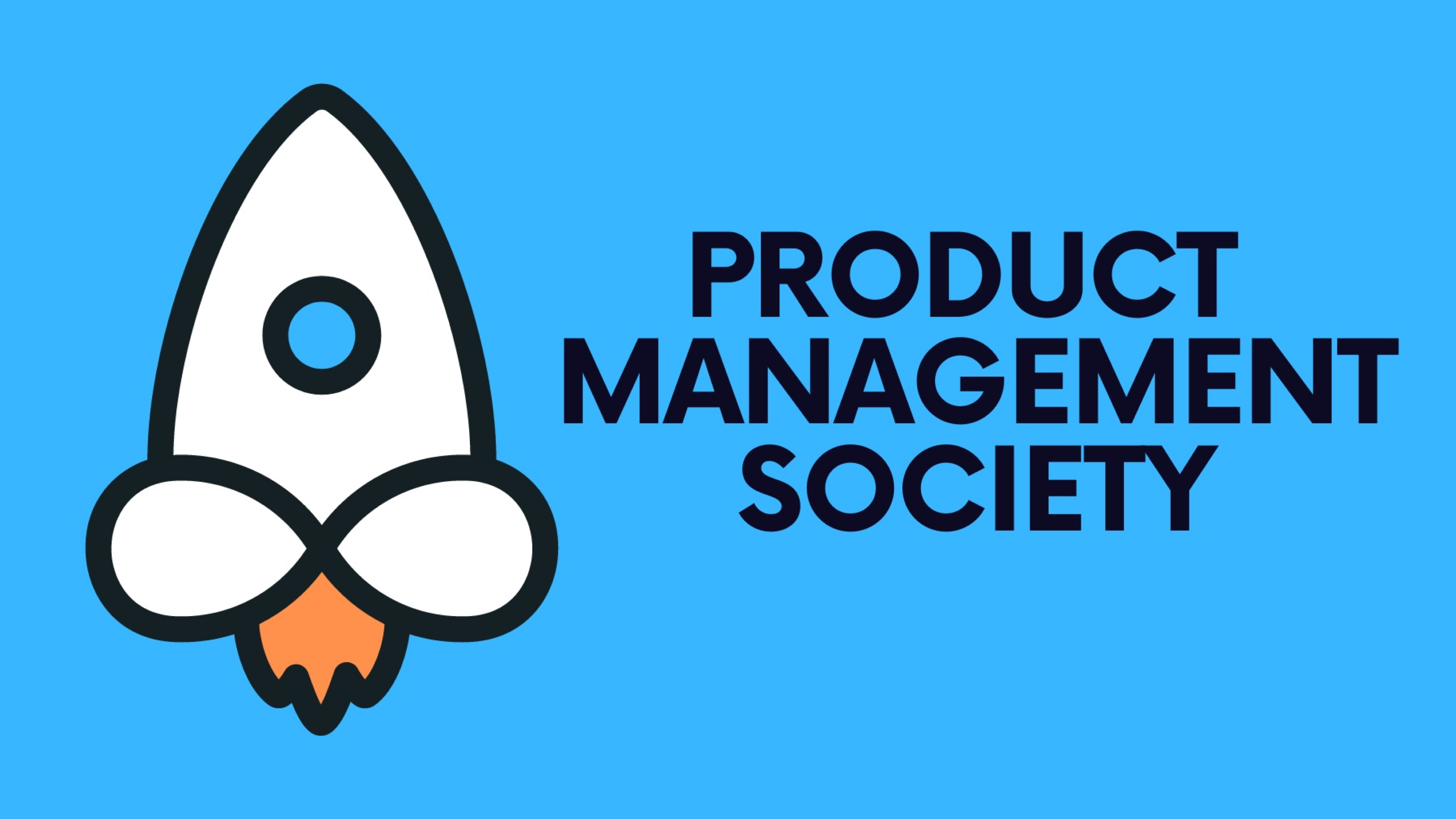Building and leading a high-performing team is one of the most valuable leadership skills you can develop. This article explores effective strategies for assembling, motivating, and leading teams that consistently deliver exceptional results.
1. Defining High-Performing Teams
Before diving into the creation of such teams, it's crucial to understand what makes a team 'high-performing'. High-performing teams are characterized by:
Thanks for reading Product Management Society! Subscribe for free to receive new weekly posts 🚀
- High levels of collaboration and trust among members.
- Clear, shared goals that align with organizational objectives.
- Ability to solve problems efficiently and effectively.
- Diverse skill sets that complement each other.
- Strong commitment to continuous improvement and achieving results.
2. Assembling Your Team
Identify the Skills and Attributes Needed:
- Start by defining the skills and roles necessary for your project or operational goals. Consider both technical skills and soft skills like problem-solving, communication, and adaptability.
Focus on Diversity:
- Build a team with diverse perspectives, backgrounds, and skills. Diversity fosters creativity and innovation and can lead to better problem-solving.
3. Setting the Foundation
Establish Clear Goals and Expectations:
- Set clear, achievable goals that are aligned with the organization’s objectives. Ensure every team member understands these goals and their role in achieving them.
Create a Team Charter:
- Develop a team charter that outlines the team’s purpose, norms, and rules of engagement. This document serves as a reference point for how team members will interact and resolve conflicts.
4. Fostering a Positive Team Culture
Promote Open Communication:
- Encourage a culture where team members feel safe to express their thoughts, ideas, and concerns. Regularly scheduled team meetings and one-on-one check-ins.
Build Trust and Respect:
- Lead by example to foster trust and respect. Be transparent, show integrity, and treat all team members with respect. Trust is the cornerstone of high team performance.
5. Driving Team Performance
Empower Your Team:
- Give team members the autonomy to make decisions related to their work. Empowerment boosts morale and ownership, which are critical for high performance.
Provide Resources and Support:
- Ensure the team has the necessary resources—be it training, tools, or information—to perform their tasks effectively.
Encourage Collaboration and Teamwork:
- Use team-building activities and collaborative projects to strengthen relationships and improve team dynamics.
6. Measuring and Sustaining Performance
Implement Performance Metrics:
- Define and track performance metrics that align with your team’s objectives. Use these metrics to provide feedback and guide improvement.
Offer Constructive Feedback:
- Provide timely, constructive feedback to team members. Recognize achievements openly and address areas of improvement privately.
Continuously Improve:
- Encourage a mindset of continuous learning and improvement within the team. Invest in training and development opportunities.
7. Leading by Example
Be a Visionary Leader:
- Communicate a compelling vision that motivates and inspires your team. Show commitment to the team’s goals and lead by example in all aspects of work.
Adapt Leadership Style:
- Adapt your leadership style to meet the team's and individual members' evolving needs. Different situations may require different approaches.
Conclusion
Building and leading a high-performing team is a dynamic and ongoing process. It requires a deliberate effort to select the right mix of talent, set a strong foundation with clear goals, foster a supportive and inclusive culture, and continuously strive for excellence. By applying these strategies, you can develop a team that not only meets but exceeds expectations, thereby driving substantial value for your organization.
Stay tuned for our next article, where we will explore advanced strategies for navigating office politics.
If you’re finding this newsletter valuable, consider sharing it with friends, or subscribing if you aren’t already. Also, consider coming to one of our Meetups and following us on LinkedIn ✨
Thanks for reading Product Management Society! Subscribe for free to receive new weekly posts 🚀







